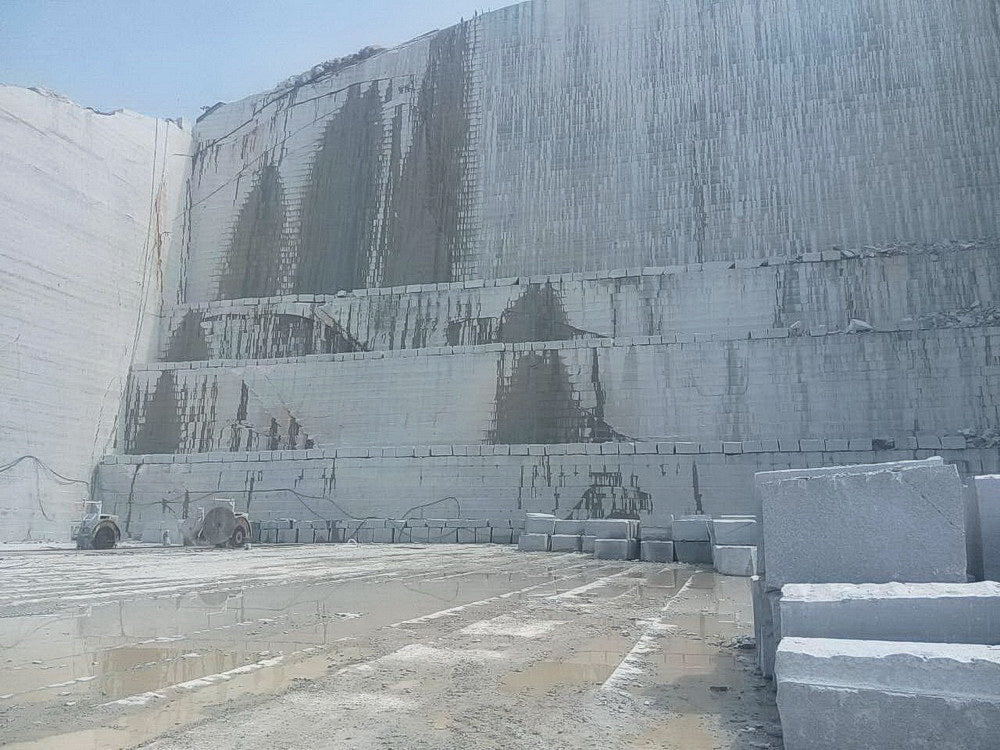Introducing Granite Quarries in South Africa Legacy: A Trip Via Quarries
Introducing Granite Quarries in South Africa Legacy: A Trip Via Quarries
Blog Article
Revealing the Mysteries of Granite Quarrying: Where Stamina and Style Meet
The world of granite quarrying is a realm where the raw stamina of nature assembles with human virtuosity to develop structures that stand the test of time with an air of beauty. From the midsts of quarries to the thorough sprucing up in workshops, the process of transforming granite into building wonders is an intricate dancing of practice and innovation. As we peer into the depths of this ancient craft, we start to reveal the surprise complexities that form the extremely significance of our constructed setting.
The Beginnings of Granite Quarrying
In the record of building background, the beginnings of granite quarrying are shrouded in a tapestry of old workmanship and geological wonders. Going back to old Egypt and Mesopotamia, the removal of granite from quarries noted the start of a trip that would at some point bring about the creation of some of the world's most renowned structures.
Granite quarrying's roots can be traced to the proficient craftsmens that recognized the rock's sturdiness and aesthetic allure. With a combination of primitive tools and sheer resolution, these very early quarry workers uncovered granite blocks that would certainly come to be the foundation of people.
As people progressed, so did the methods of quarrying granite. The Romans, renowned for their design expertise, developed innovative approaches for drawing out granite to build monuments, holy places, and roads that stood the examination of time.
The legacy of these old quarrying techniques continues to form modern-day architecture, with granite continuing to be a sign of stamina and style in building jobs around the world. (granite quarries in south africa)
Devices of the Quarrying Profession
The development of granite quarrying methods from ancient human beings to modern-day times highlights the essential function played by the devices of the quarrying sell shaping the market's practices. In old times, quarrying tools were rudimentary, commonly containing knives, hammers, and wedges made from materials like bronze or iron. These devices required substantial manpower and time to remove granite blocks from quarries.

Furthermore, the introduction of pneumatic tools and high-powered equipment has actually dramatically lowered the physical labor called for in quarrying procedures, boosting employee security and productivity. As the quarrying market remains to introduce, the devices of the profession stay at the leading edge of driving progress and forming the future of granite removal.
Drawing Out Blocks of Granite
Making use of precision equipment and advanced strategies, the extraction of granite obstructs from quarries has come to be an advanced process in the contemporary quarrying industry. Managed blasting methods are then utilized to damage apart the granite into convenient sections.

Sprucing Up and Completing Techniques
To accomplish a remarkable surface on granite blocks, competent artisans utilize a collection of careful sprucing up and completing techniques. After the preliminary removal and forming procedures, the granite obstructs go through a comprehensive sprucing up stage to enhance their natural elegance and resilience.
Along with sprucing up, finishing methods are put on more improve the granite's appearance. These methods may consist of flaming, look at more info sharpening, or brushing, useful source each offering unique structures and surfaces to match various visual choices. Flaming, for example, involves subjecting the granite surface to high temperature levels to produce a harsh, distinctive coating, perfect for exterior applications where slip-resistance is important. Developing, on the other hand, offers a matte surface that is smooth to the touch, best for interior counter tops and floor covering. By very carefully picking and using these brightening and completing methods, artisans can transform raw granite blocks into exquisite pieces that display both toughness and elegance.

Environmental Influence and Sustainability
With the expanding focus on ecological consciousness in the sector, granite quarrying practices are increasingly looked at for their influence on natural deposits and long-lasting sustainability. Quarrying for granite can have considerable ecological implications. The extraction procedure often involves using heavy equipment, explosives, and huge quantities of water, resulting in habitat devastation, soil erosion, and hop over to these guys water pollution. In addition, the transportation of granite from quarries to processing facilities produces carbon exhausts, further adding to ecological destruction. granite quarries in south africa.
To mitigate these effects and make sure sustainability in granite quarrying, sector stakeholders are embracing various actions. Implementing innovative technologies to reduce energy consumption and water usage, reclaiming quarried land for ecological restoration, and promoting liable sourcing techniques are some approaches being used. In addition, qualifications such as the Woodland Stewardship Council (FSC) and the Leadership in Energy and Environmental Design (LEED) help customers recognize eco-friendly granite products.
Verdict
To conclude, granite quarrying is a procedure that needs specialized tools and methods to extract blocks of granite and brighten them to a high level of coating. While the environmental influence of quarrying can be significant, initiatives are being made to improve sustainability techniques in the market. On the whole, granite quarrying is a delicate equilibrium between using the stamina and style of this natural rock while reducing its effect on the environment.
Report this page